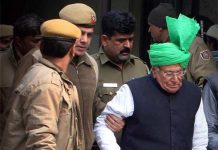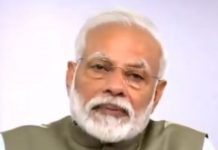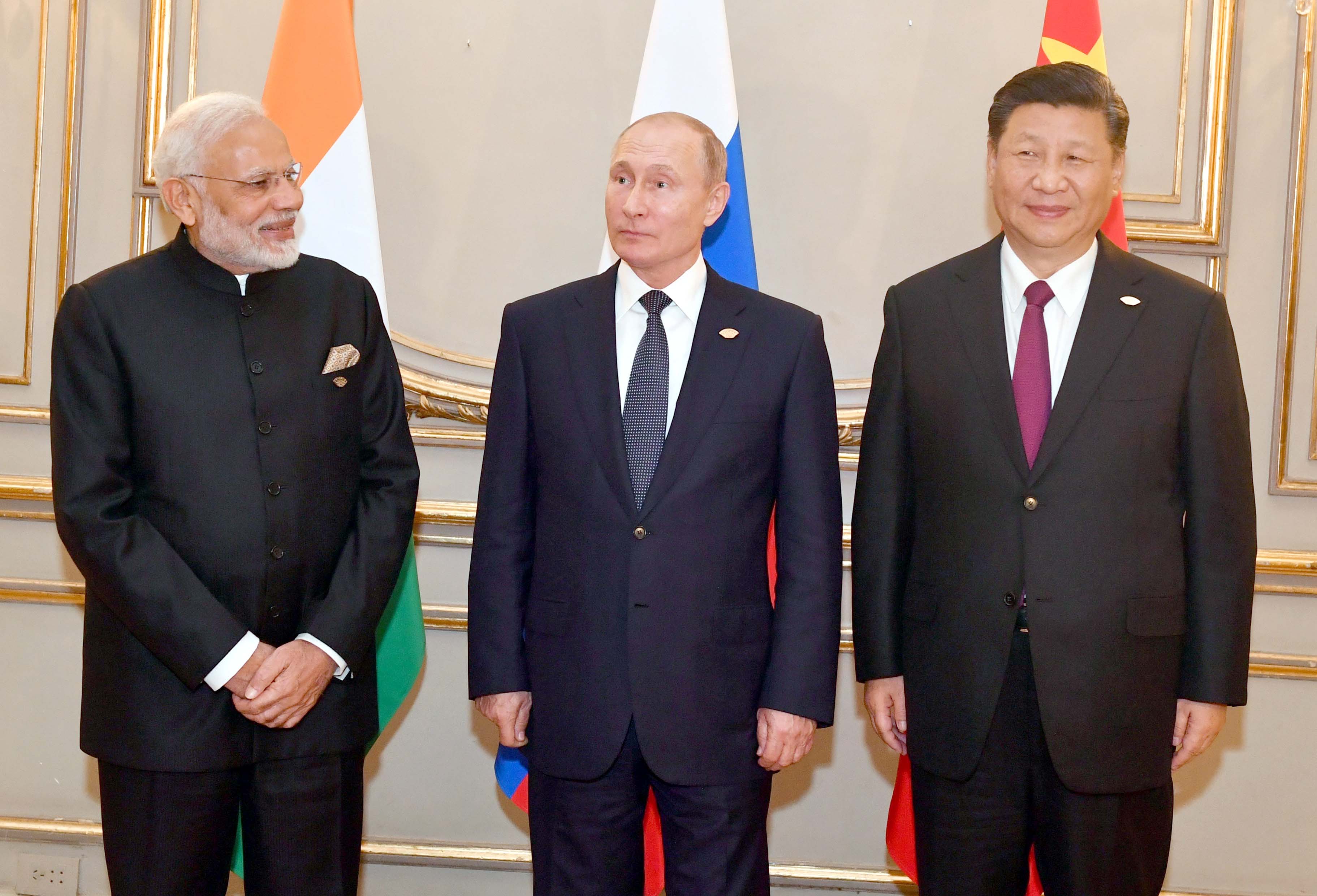
The Indian establishment led by Prime Minister Narendra Modi, though disillusioned by Chinese double-speak and its shifting stances, is preparing for the proposed alliance of Russia, India and China (RIC). However, much depends upon China, whether it decides to climb down from its assertive belligerent muscle-fixing approach for peace and cooperation. She has decided to work with the Russian President Vladimir Putin to cement a joint platform, RIC, for ensuring better economic cooperation and security in Eurasia to the South Asian Region.
The RIC can re-script the global politics in the region, if China genuinely addresses Indian concerns. Apart from demanding to scrap the Article 370 in Jammu and Kashmir, China has always supported the Islamic jihadists. It vetoed India’s petition for banning Jaish-e-Mohammed chief Masood Azhar. In spite of a number of meetings, the Chinese president Xi Jinping has refused India’s entry into the Nuclear Suppliers Group. He also signed new agreements with the visiting Pakistan Prime Minister Imran Khan for the extension of the China-Pakistan Economic Corridor or CPEC passing through the Indian territories of Jammu-Kashmir under the Pakistani occupation.
Apart from these recent irritating anti-India acts, the Union Minister of State for External Affairs, V Muraleedharan told the Lok Sabha on February 4, 2022, that China continues to be in an illegal occupation of approximately 38,000 square km of Indian Territory in the Union Territory of Ladakh. In his written reply, he also stated that it has also obtained 5,180 sq km of Shaksgam Valley from Pakistan. He also told the House that under the so-called China-Pakistan ‘Boundary Agreement’ signed in1963, Pakistan illegally ceded the Indian Territory to China.
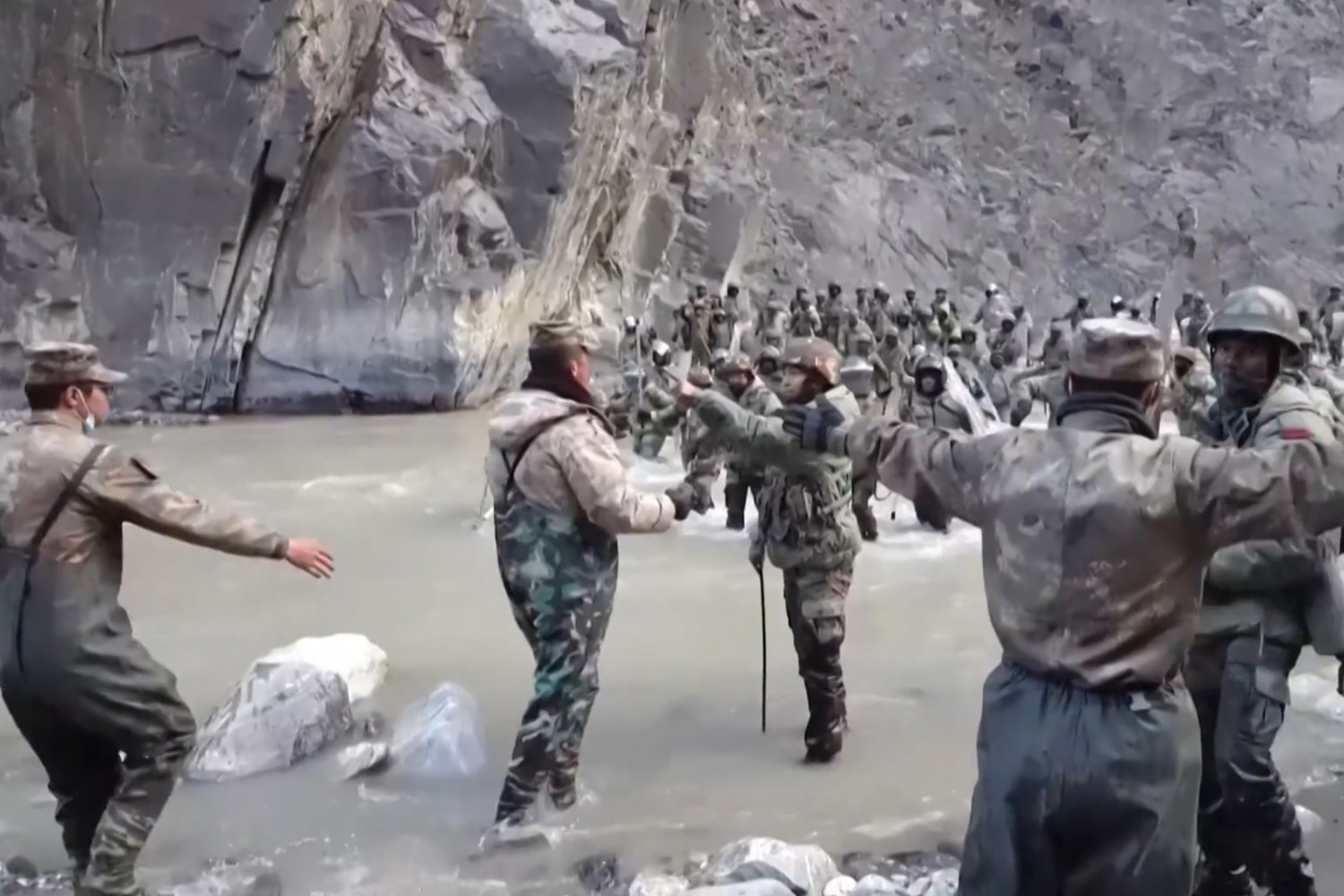
It is difficult for any government in India to accept Xi Jinping’s suggestion that the relations between the two countries must move forward ignoring the territorial disputes. Therefore, Muraleedharan’s assertion that the government of India has never recognised the so-called China-Pakistan ‘Boundary Agreement’ of 1963 and has consistently maintained that it is illegal and invalid reflects the mood in India. In this context, the Congress MP Rahul Gandhi’s accusation that the Modi government has brought Pakistan and China together, is the expression of the common perception in the country. “What you have done is, you have brought them together”, he commented, and further stated, “Look at the weapons they are buying, the countries they are speaking to. The country is at risk, it is at risk from the inside. I am very uncomfortable about where my country stands right now.”
Amidst the Russian-Ukraine standoff, Putin’s decision to fly to Beijing to jointly inaugurate the Winter Olympics with his Chinese counterpart, XI Jinping, shows the seriousness he attaches to the RIC. The international sports event was boycotted by the US-led west. India did not attend the event due to the continuous Chinese belligerence on her northern borders and also for entrusting Qi Fabao, the Peoples Liberation Army (PLA) regiment commander involved in the June 15, 2020 clash with India army in the Galwan Valley of Eastern Ladakh, with the duty to carry the Winter Olympic torch.
The RIC’s success, however, will depend upon China, whether it is ready to eschew belligerence and abandon its policy of nibbling its neighbours’ territories of India, Nepal, Myanmar, Vietnam and many others. Maybe, China over estimates the strength of its armed forces, the PLA and ‘genuinely’ believes that it is an invincible force in the world.
The Chinese for the time being, may not demand some of the disputed Russian territories, but its maps and civil society blogs claim a large Russian territories as a part of China. They include the Russian port of Vladivostok, which was ceded by China to Russia as a result of the Treaty of Aigun of 1858 and the Treaty of Peking of 1860.
In 1969, the USSR and China had fought for several months near Damansky Island on the Ussuri River, Manchuria. The conflict finally resulted in a ceasefire, but caused heavy casualties on both sides. Since then the status quo is maintained, but it prompted the USA to evolve close ties with China to counter the USSR.
India hopes that during the year 2022, Putin will finally convince China that it should not squander its newly acquired position as a Superpower accompanied by formidable economic strength in ‘unnecessary’ military muscle-flexing. Few are now scared of the PLA. It is considered necessary for the success of the RIC that China should be asked to behave like a Superpower and stop nibbling the territories of the neighbours under one or the other pretext. The PLA’s weaknesses are also being discussed in various Chinese documents, especially in the army’s newspaper, the PLA Daily. In a recently published document, it bemoans that the armed forces suffer from ‘peace disease’. A PLA General, He Lei, has even stated that his biggest regret before retiring is that he has never fought a war. However, in spite of these observations, one should not undermine the PLA’s prowess. It is one of the best-equipped army in the world. It could rejuvenate with the real experience on the war front within a short period.
The RIC Mission
The RIC is a well-conceived peace and cooperation joint platform Putin has initiated. It is expected to usher in Russia in an assertive role in the contemporary geo-politics. Earlier, during the first decade of the 21st century, Russia had checkmated the US-led western powers in the tricky West Asian politics by supporting President Bashar Hafez al-Assad in Syria. It is also claimed Russian intelligence had forewarned the Turkish President, Recep Tayyip Erdogan about an impending military coup.
However, Erdogan recently visited Ukraine as a part of the NATO initiative that too without disrupting his ‘complicated relationship’ with Russia. In other words, Turkey is keen to retain its membership in NATO, but keeping off from any military adventure.
In this backdrop, India-Russia relationship become much more important, especially when Modi, who have been to China five times and had 18 summits, both formal and informal, with Xi Jinping. He, perhaps, could have suffered ‘bigger humiliation’ than India’s 1962 defeat in June 2020, but fortunately India’s brave-hearts turned the table during the Galwan Valley clashes. The setback to India during the regime of Jawaharlal Nehru could be attributed to the repeated assurances of the Indian Communist leaders, who had met Mao Zedong on the advice of the USSR leader, Nikita Khrushchev, just a few weeks before the Chinese aggression on October 20, 1962. Mao had assured them that China had no plans to invade India. Also, it is widely believed that Nehru’s assessment was that due to the growing differences between the USSR and China in Central Asia, Mao Zedong, would not open a front in South Asia. He and his defence minister, Krishna Menon, did not realize that an ill-equipped Indian army was a soft target for China to assert its military might in the region. The purpose was to humiliate India, and it was served.
On the other hand, in India, the mandarins in the South Block advised by the foreign secretary, S. Jaishankar, who later was elevated as the foreign minister, did not lower the guards despite the frequent India-China summits. His two crucial postings as envoy to China and the USA had made him quite aware of the Chinese agenda, its style of diplomacy based on half truths and double-speak. Therefore, there was little surprise for Indians, when the Chinese continued to make efforts for nibbling Indian territories from the snow-clad high Himalayas in Ladakh to Bhutan in the eastern theatre.
Putin’s Initiative
Putin is quite aware of the efforts of Gorbachev and Yeltsin, his predecessors, seeking European identity and who were even prepared to join NATO, and how they were denied their rightful presence and identity. He has also been enraged by the tricks and strategies of the western powers, which were trying to encircle Russia by enrolling the erstwhile republics of USSR to NATO to dwarf its global stature. In a bid to counter the western powers, Russia has invoked the Brezhnev doctrine to keep allies and republics together. Under this doctrine, USSR had supported India during the 1971 Bangladesh War, when the people were facing unprecedented genocide from their own army for demanding democracy. On the other hand, the Americans had sent the seventh Fleet to support the army and impress upon India to keep off from the civil war.
It goes to the credit of Putin, who took extra efforts during the Moscow negotiations following the unfortunate Galwan clashes for maintaining peace. He, thus, succeeded in preventing a large scale flare-up between two Asian giants having the state-of-the art arsenals, both conventional and nuclear. The Chinese also accepted the Russian advice to release 10 Indian soldiers captured during the Galwan Clashes. He also appreciated Jaishankar’s reluctance to attend the RIC meeting scheduled on June 23, just a week after the clashes. Both Putin and Modi know that XI Jinping yields only “under pressure”.
Earlier, in December 2021, Putin visited New Delhi just for a few hours to sign a 10-year military-technical plan, which included transfer of sensitive defence technologies to India. India, on her part, continues to purchase S-400 missile systems from Russia despite the sanctions she might face from the USA. However, her independent foreign policy impressed Russia as well as some of the key members of the European Union, including France and Germany. However, just a few weeks later, Russian forces, much against the wishes of China, marched into Kazakhstan, to save the regime. The Chinese newspaper, Global Times, criticised Russia for deploying its forces in the country. But within 24 hours not only it withdrew the comment, also published an apology.
China Hides Casualties
Few were surprised in India that China was hiding its number of casualties in the Galwan valley clashes, when an investigative report published in an Australian newspaper, The Klaxon, exposed PLA’s massive ‘disinformation’ campaign about the real numbers of the Chinese casualties. The Chinese had quietly cremated most of its soldiers killed in the action without informing their families. Its media, however, claimed about only four casualties, while the real figure was 36 or more. They had succumbed in the icy water of the river. Of the four Chinese soldiers, the PLA has officially accepted the death of a junior sergeant, Wang Zhuoran, by drowning. The newspaper has attributed its report to a year-long investigations based on interviews with the Chinese of the mainland and the information shared by the Weibo users on this social platform.
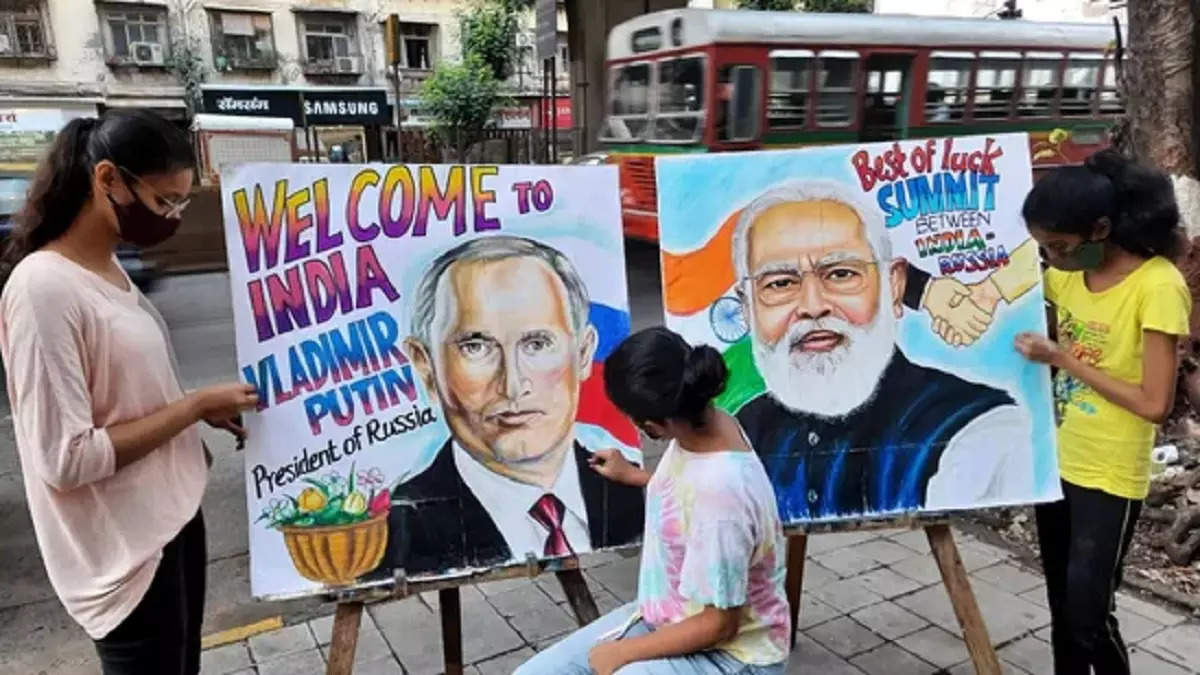
On her part, India only gave a detailed report about the Indian soldiers martyred in the clashes. It did not reveal the number of Chinese casualties for avoiding further flare-up. It is for the second times, that India deliberately did not humiliate China for the PLA’s poor performance on the borders. Earlier, during the 1967 clashes at the Nathu La and Chola, only 320 km from the Tibetan capital Lhasa, on the Sikkim border between the PLA soldiers and Indian army, China had lost a large number of its soldiers, while officially PLA figure was only 32.
It goes to the credit of the then Prime Minister, Indira Gandhi, that she did not further expose the ‘massive defeat’ of the Chinese soldiers, though the official figure of the Indian government were 88 killed and 163 wounded on the Indian side, while 340 killed and 450 wounded on the Chinese side. It was done on the request of the Chinese emissaries to save the prestige or the so-called ‘invincibility’ of the PLA. In 1964, the then Supreme leader of China, Mao Zedong had told a visiting delegation of Japanese Socialist Party that Russia had unilaterally incorporated vast territories in Siberia and the Far East as far as Kamchatka and had claimed 52,000 square kilometres in Pamir, which includes a large territory of Tajikistan. Another humiliation China faced, when PLA was sent to “teach a lesson” to Vietnam.
Confrontation with Vietnam
For the past two decades, the relationship between China and Vietnam has been on decline. In 1979, the PLA’s mission to Vietnam had flopped, when the seasoned Vietnamese soldiers trounced its soldiers. It had decided to punish Vietnam, a neighbouring Communist country, for confiscating properties of its overseas citizens and imposing restrictions on them.
The China-Vietnam conflict became more pronounced following the UNESCO decision to allow China to set up five observation posts for worldwide survey, which included one of them to be set up in the Spratly Island. After numerous surveys and patrols, in April 1987 China chose Fiery Cross Reef as an ideal location for the observation post, because the unoccupied reef was remote from other settlements, and it was large enough for the observation post. On the other hand, Johnson South Reef, which is 150 kilometres from the Fiery Cross Reef, is close to the Vietnamese inhabited Sin Cowe Island. In January and February 1988, Vietnamese forces began establishing a presence at surrounding reefs, including Collins Reef and Lansdowne Reef in order to monitor Chinese activity, which led to a series of confrontations. The two countries remain in dispute over political and territorial issues in the East Sea or the South China Sea, which includes a 1281 km border.
India-Vietnam Ties
The four-day visit of Vuong Dinh Hue, Chairman of the National Assembly of Vietnam, to India in December 2021, re-emphasised the Comprehensive Strategic Partnership between the two countries. The high-level visit is taking amidst the news that India might soon supply the nuclear-capable Brahmos missiles to Vietnam. In 2022, the two countries will also be celebrating 50 years of their diplomatic relations. The purpose of the visit, as explained by Hue, is to push forward their bilateral relations, and also to compare their notes of international and global issues of common concern, and seek solutions to global challenges for contributing to peace, security, stability and development in the region and the world.
In his bid to make RIC an effective international alliance, Putin has to adopt a broad-spectrum approach for redefining the existing ties among the nations of this region. One such example is Vietnam, a close ally of India and Russia, but having disputes with China. It is for Xi Jinping to re-establish amicable ties with countries in the region and win their confidence. Meanwhile, India is continuing her efforts to evolve closer ties in the region. In a virtual meeting of the India-Vietnam Joint Commission on Trade, Economic, Scientific and Technological Cooperation, which was co-chaired by Jaishankar and his Vietnamese counterpart Pham Binh Minh, the two countries have embarked upon much closer cooperation.
Rajnath Singh and the Vietnamese defence minister, Gen Ngo Xuan Lich, have also agreed to extend Indian cooperation to Vietnam in developing its defence industry.
In this backdrop, Putin and Modi will be facing formidable hurdles in evolving a joint platform comprising Russia, India and China or RIC for close economic and strategic co-operation among the three major powers.
The Blame Game:
The two senior central ministers, Rajnath Singh, the Defence Minister, and S. Jaishankar, appear to be fond of in indulging in blame games against Rahul. They invoke and focus on the past mistakes, but avoid the ‘blunders’ being committed by them. The quote from the past that during the regime of Jawaharlal Nehru, Rahul’s great-grandfather, China had encroached upon the vast lands of the Shaksgam Valley. Instead of advising Rahul to re-visit the history, Jayshankar should have confessed that the Indian establishment has repeatedly failed to understand the Chinese war game, Wei, perhaps, a Chinese version of conspiracies of Shakuni of Mahabharata fame.
It was expected of the two stalwarts to explain to the people that in spite of Prime Minister, Narendra Modi’s 18 times meetings with Xi Jinping and five times or more visits to China, why the government promoted business with our northern neighbour, who has been opposing even the blacklisting of the Jihadists responsible for 26/11 attack on Mumbai. Neither Modi nor his cabinet colleagues ever dare to criticise or expose China’s double-speak.
It is expected of them to explain why despite continuous ‘anti-India’ stances in the UN Security Council, the Union government and even the BJP-led states, especially Madhya Pradesh and Gujarat, were in overdrive to seek the Chinese investments estimated to be in billions of USD. A lid on these business deals was opened in a press briefing of the Indian National Congress, when the party spokesman, Pawan Khera stated that the Gujarat alone has inked investment deals with various Chinese entities to the tune of Rs. 43,000 crores in the fields of industrial parks, textile hubs, smart cities etc.
Neither the state governments nor the Centre ever cared to challenge the information, but they choose to indulge in the blame game.
China promoted insurgency in India
Jaishankar has responded to charge made by Rahul Gandhi over India letting China and Pakistan to come closer. “In 1963, Pakistan illegally handed over the Shaksgam valley to China. Beijing built the Karakoram highway through PoK in the 1970s. From the 1970s, the two countries also had close nuclear collaboration. In 2013, the China-Pakistan Economic Corridor started. So, ask yourself: were China and Pakistan distant then?” he quipped.
However, Jaishanker did not care to state that China and Pakistan were jointly funding, arming and training Mizo and Naga insurgents.
The present chief minister of Mizoram, Zoramthanga, had told this journalist during the Mizo peace talks that China and Pakistan were actively promoting the separatist movement of the Mizo National Front. He has also penned these details in his autobiography, MILARI, written in Mizo language.








